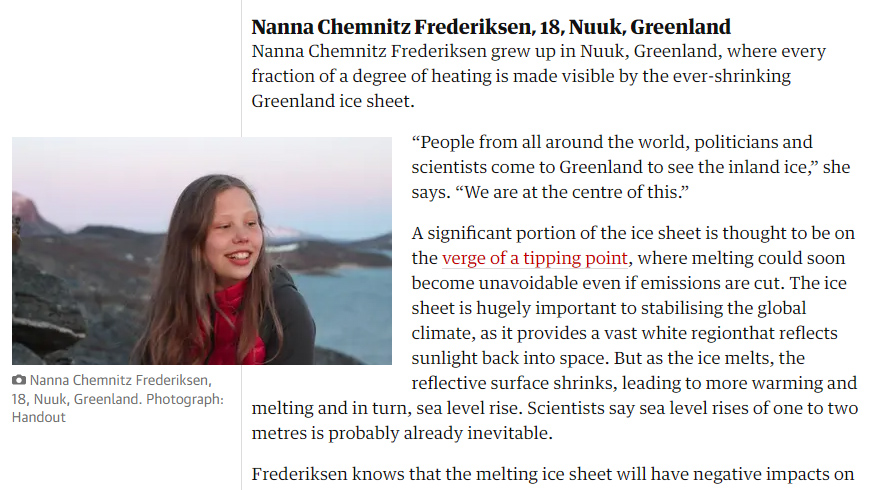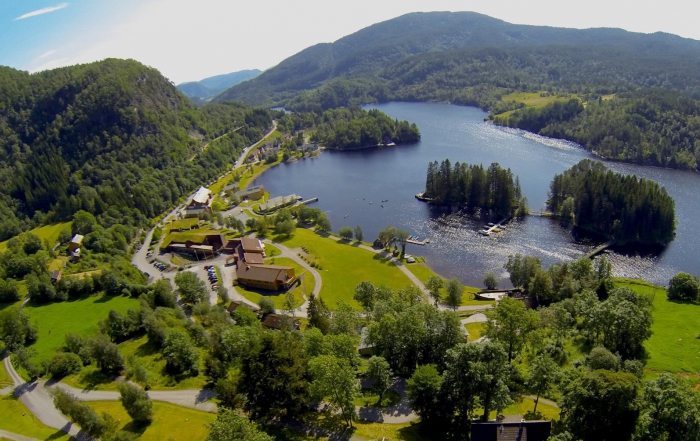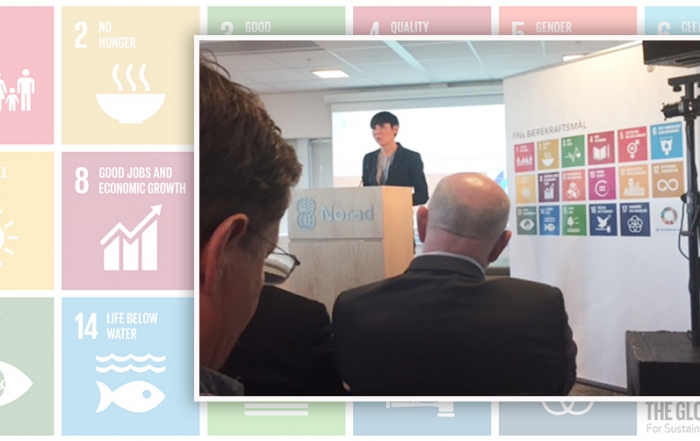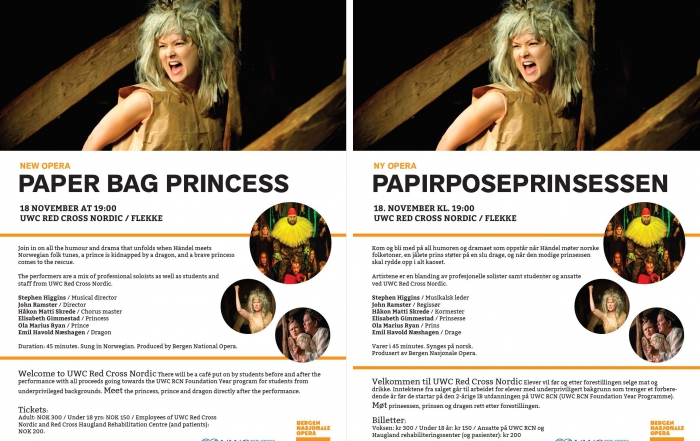“People from all around the world, politicians and scientists come to Greenland to see the inland ice,” she says. “We are at the centre of this.”
A significant portion of the ice sheet is thought to be on the verge of a tipping point, where melting could soon become unavoidable even if emissions are cut. The ice sheet is hugely important to stabilizing the global climate, as it provides a vast white region that reflects sunlight back into space. But as the ice melts, the reflective surface shrinks, leading to more warming and melting and in turn, sea level rise. Scientists say sea level rises of one to two metres is probably already inevitable.
Frederiksen knows that the melting ice sheet will have negative impacts on communities across Greenland, especially in northern settlements such as Qaanaaq where permafrost melting is destabilizing homes and roads and impacting how fishers and hunters operate.
But her real concern lies on the impact it will have globally. “I am not so scared of what the effects of the melting of ice in Greenland will be,” Frederiksen says, “It scares me what effect it can have for the rest of the world.”
Latest News
Rehabilitation Centre Project
Red Cross Haugland Rehabilitation Centre has started up a new programme for children who have overcome brain cancer. The group consists of eight children between the ages of 9-17 years old, who mostly have been [...]
‘Leave No One Behind’
Global Goals for Sustainable Development Today, a conference took place at NORAD (Norway's Agency for Development Cooperation) in Oslo in response to the release of the World Bank's annual flagship publication, the 'World [...]
The Paper Bag Princess
UWC Red Cross Nordic and Bergen National Opera invite you to an opera based on Robert Munsch’s story of a kidnapped prince, a brave princess and a fierce dragon. Come and join in all the humour [...]




